Froggy’s Topanga Fish Market was more than a restaurant. It was a place people came to eat, hang out, play music, and see their neighbors. If you lived in Topanga any time after the 1990s, you probably passed through its doors, even if only once. And if you were lucky, you stayed a while.
Built for Community
The building at 1105 N Topanga Canyon Blvd was first built in 1925. It started as Topanga’s first schoolhouse. Later, it became an American Legion Hall. Then, a series of restaurants took over, including one called The Goldrush. That place had a connection to Neil Young, who lived nearby. Music always found its way into the building.
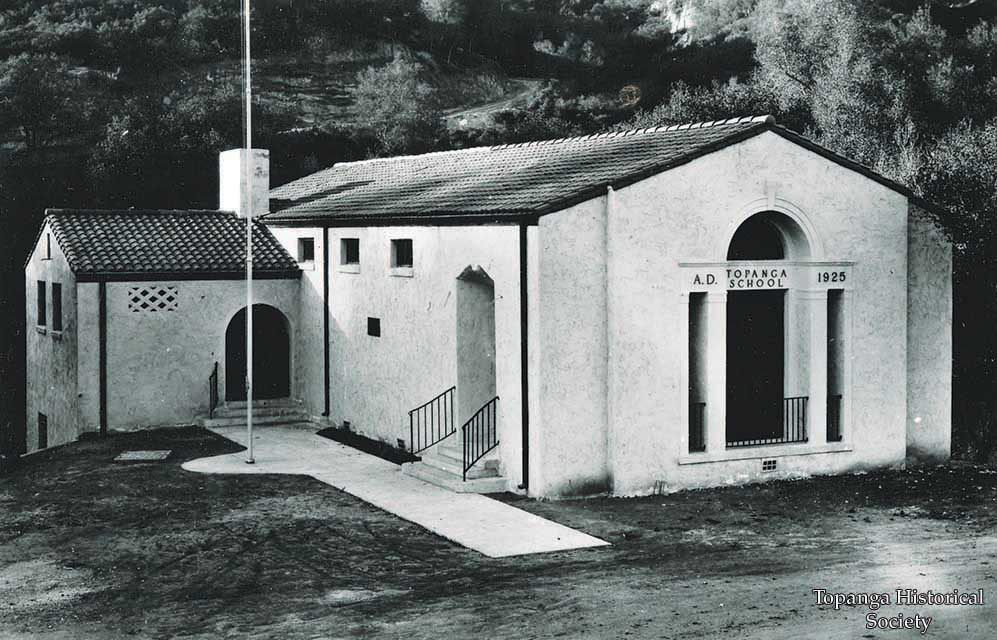
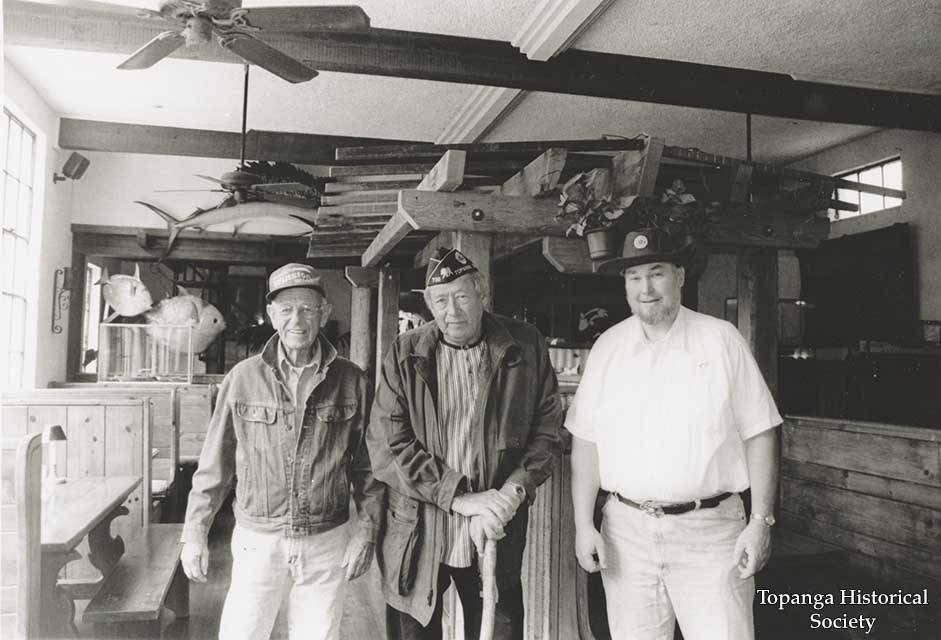
In the 1970s, Warren Roberts opened the original Topanga Fish Market next to Topanga Lumber. It operated as a restaurant and market for two decades and served locals and travelers alike. Warren was also the founder of the Reel Inn on Pacific Coast Highway. His son, Lance Keating Roberts, later carried the vision forward.

In 1993, Froggy’s Topanga Fish Market moved into its new home at 1105 N Topanga Canyon Blvd. Lance Roberts transformed the old schoolhouse into a lively gathering place and continued the work his father started years earlier.
It wasn’t fancy. It didn’t have to be. People came because it felt like home.
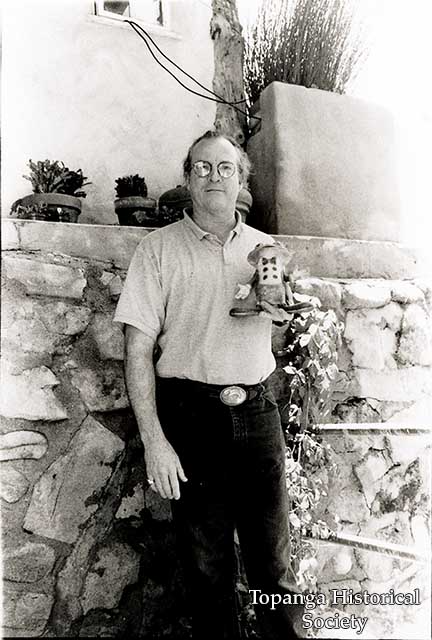
What Made Froggy’s Special
The food mattered. They served fresh fish, chowder, and shrimp tacos. But that wasn’t the main draw. People came for the energy. You’d see local artists, families, and musicians there. It felt like a community living room.
Froggy’s hosted open mics, themed holiday parties, and live music. It gave people a reason to gather that didn’t involve long drives to the Westside or the Valley. You didn’t have to dress up. You didn’t need reservations. You just showed up.
Familiar Faces
It wasn’t uncommon to spot someone famous. Topanga has always been home to actors, directors, and musicians. They blended in with everyone else. People say that Flea from Red Hot Chili Peppers stopped by. Same with Woody Harrelson. And even if you didn’t see someone well-known, you always saw someone you knew.
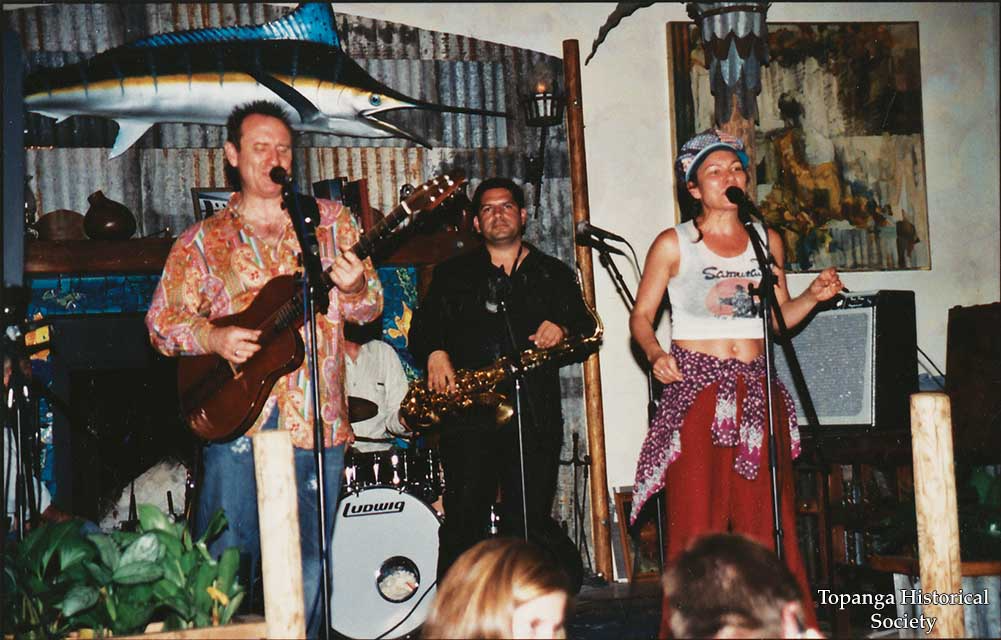
A Place with History
The building was old, and you could feel it. The wood creaked. The parking lot was tight. But the walls held stories. You’d hear laughter from kids who used to go to school there. You’d feel the presence of bands that played in the back garden. You’d see names carved into wood from years past.
It was never about profit. Froggy’s wasn’t a chain or a concept. It was real. That’s rare.
Closed, But Not Forgotten
Froggy’s closed its doors. But people still talk about it. That says something. Now, the building is for sale. It’s listed for $3.5 million. That’s a lot, but it’s also a chance. What if someone bought it and brought Froggy’s back? Or maybe they made it into something new but with the same soul.
Topanga needs spaces like that. Third spaces. Places that aren’t home and aren’t work. Just somewhere to be. To see people. To listen to music. To talk. That’s what Froggy’s was.
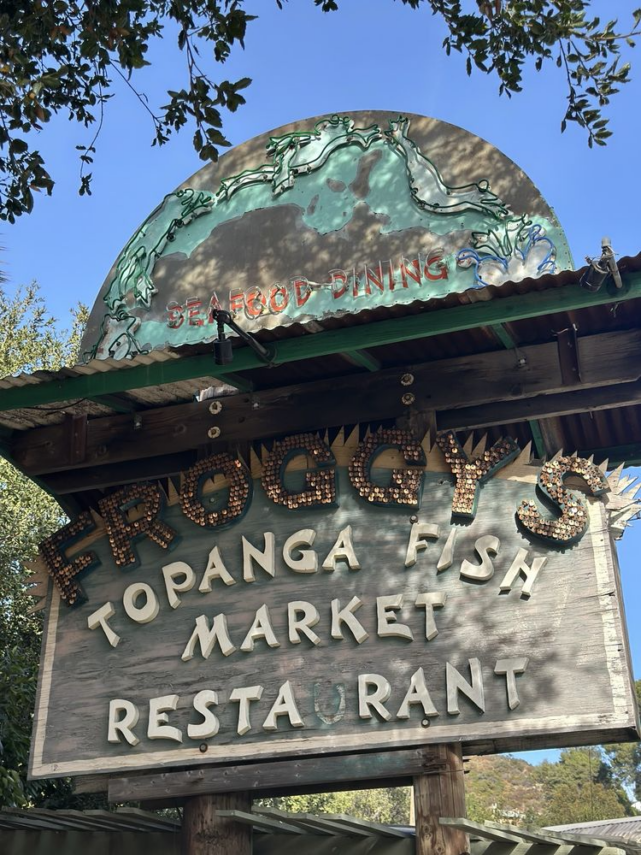
Community Memories
Ask any longtime Topangan and they’ll have a Froggy’s story. First dates. Last shows. That random Thursday when they stayed too long and talked to someone they never would’ve met otherwise. It wasn’t planned. It just happened there.
Some remember the backyard music nights. Others talk about the fish tacos after hiking Red Rock. There were people who met their partners there. Others brought their kids and grandkids.
Stories That Stuck
One man said he met Jackson Browne there, just sitting at the bar, no fanfare. A woman remembered a poetry night that turned into a jam session. A teenager learned to play bass in the back garden. People remember the smell of the grill and the sound of forks on plates.
It was never advertised. You didn’t need to RSVP. You just had to know it was there.
A Place That Helped
When wildfires swept through the canyon, Froggy’s was a meeting point. People came to check on neighbors, trade updates, share food. It served as an informal aid center. When phones were down, you drove to Froggy’s to get the news.
It mattered during calm times and in chaos. That’s what real community spaces do.
Could It Happen Again?
The building’s up for sale. Maybe you’ve seen the listing. Maybe you’ve driven by and thought, “Someone should do something with that.” Maybe that someone is you.
This is about more than reviving a restaurant. It’s about giving people a place again. A place to hear local bands. A place for teens to try their first open mic. A place for friends to argue over lunch and make up over pie.
Topanga still has the people. It still has the stories. It just needs the space.
Buying Froggy’s
If you’re interested, the listing is live. It’s zoned for commercial use. The bones are good. It needs love, sure. But it always did. The parking is small, but it worked before. The building is ready for its next chapter.
You could open a cafe. A gallery. A co-op. Or all three. People will come. They always did.
Who Might Step In?
Maybe it’s an artist. Maybe a nonprofit. Maybe someone who grew up here and moved back. There are grants for community projects. There are neighbors who want to help.
You don’t have to do it alone.
What’s Next?
If you’re reading this, you probably care about Topanga. Maybe you live here. Maybe you used to. Either way, you know what a place like Froggy’s means. You can’t fake that kind of feeling.
So here’s the question: what could you do with a place like Froggy’s? What would you want it to be?
It’s not about nostalgia. It’s about connection. And Topanga is still a place where connection matters.
Maybe someone reading this will be the one to bring it back.
Until then, Froggy’s lives in the stories we tell.
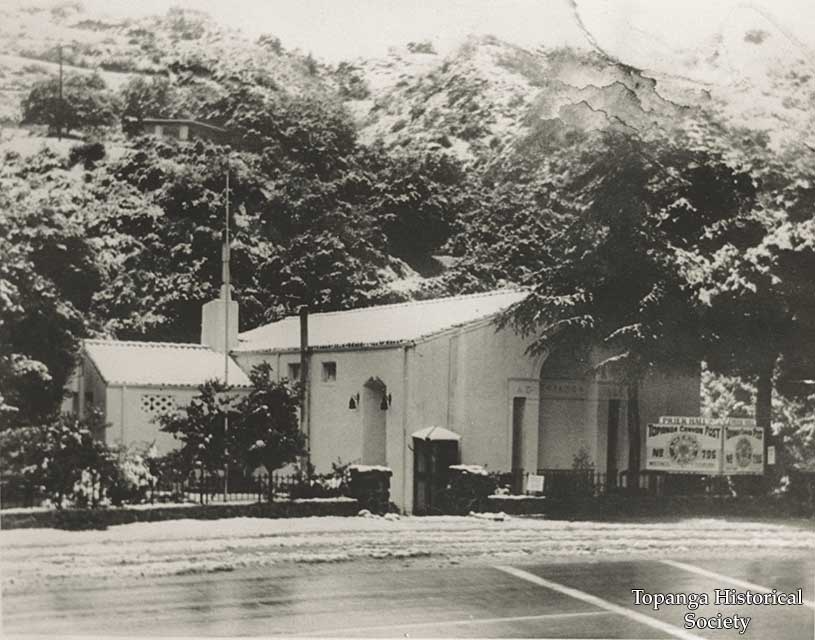

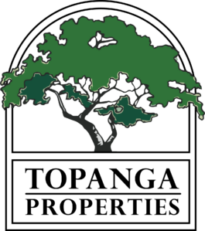
Leave a Reply